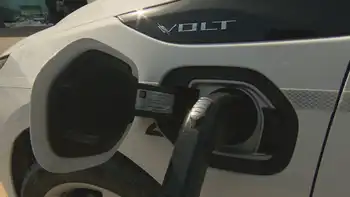Manitoba Hydro To Study Wind Farms
WINNIPEG -- - Manitoba Hydro has finalized a 320-thousand-dollar contract with a Quebec company to research possible sites for wind farms in the province.
Hydro president Bob Brennan says the contract, with Helimax Energie, is for a year-long study that will see 60-metre-high towers equipped with wind testing equipment erected on the sites.
He says if the study determines there is enough wind at one or more of the seven locations, the initial plan will be to build one or two wind farms.
In addition to wind speed, the locations are scouted for proximity to existing hydro grids to reduce the cost of building new power lines.
To be effective, wind turbines can only be erected in a region with average wind speeds over 22 kilometres an hour.
Related News

The Banker Trying to Fix the UK's Electricity Grid
LONDON - UK power grid bottleneck is stalling renewable energy, with connection queues, planning delays, and transmission infrastructure gaps raising costs, slowing decarbonization, and deterring investment as government considers reforms led by a new chief adviser.
Key Points
Delays and capacity gaps that hinder connecting new generation and demand, raising costs and slowing decarbonization.
✅ Connection queues delay projects for years
✅ Planning and NIMBY barriers stall transmission builds
✅ Investment costs on bills risk political pushback
During his three decades at investment bank Morgan Stanley, Franck Petitgas developed a reputation for solving problems that vexed others. Fixing…




